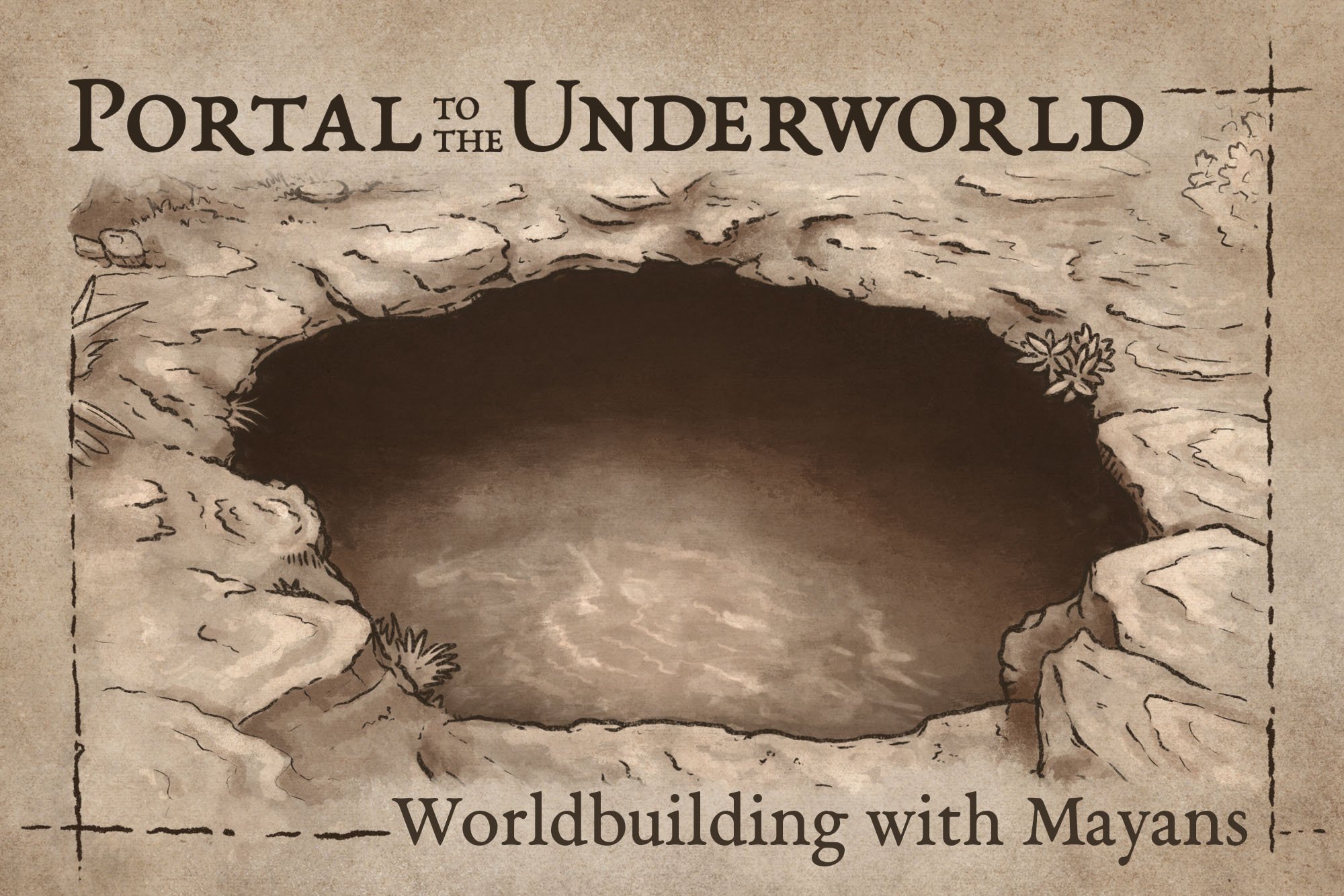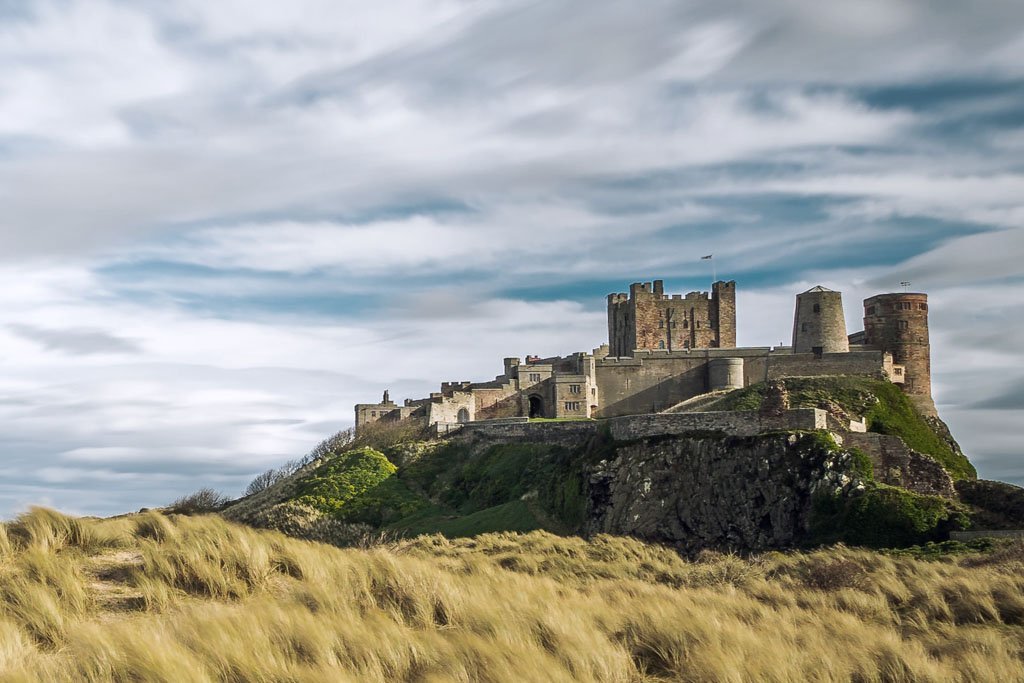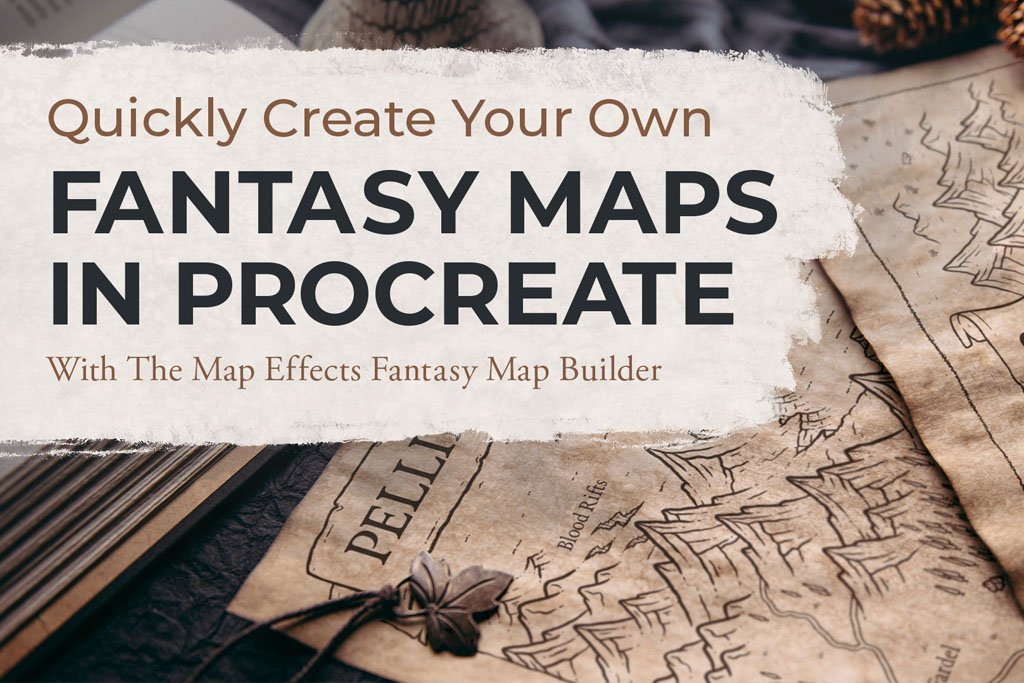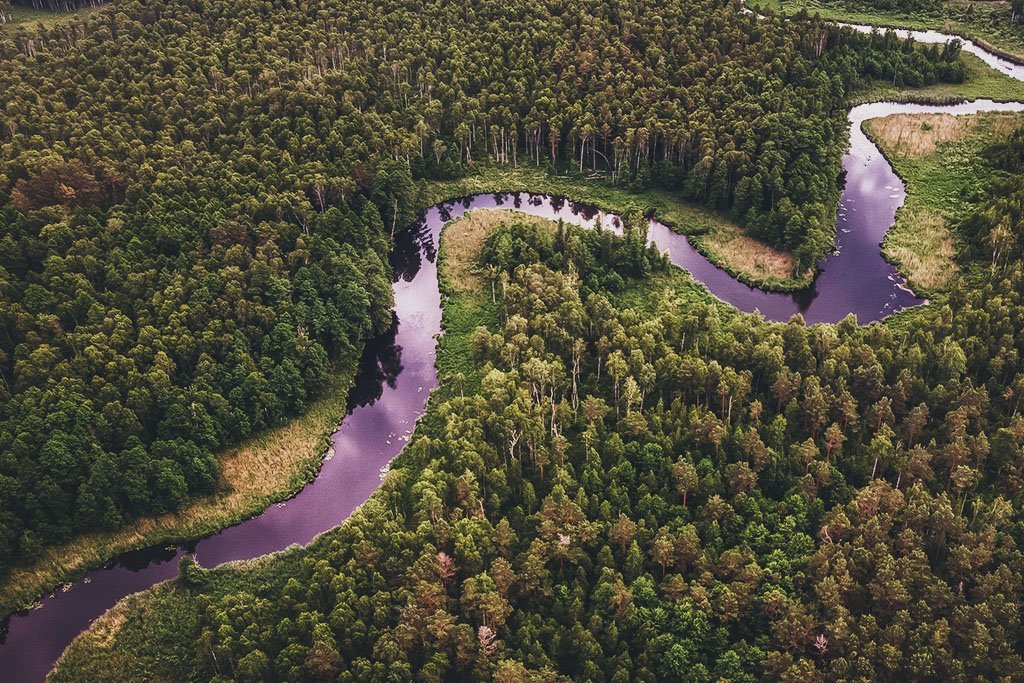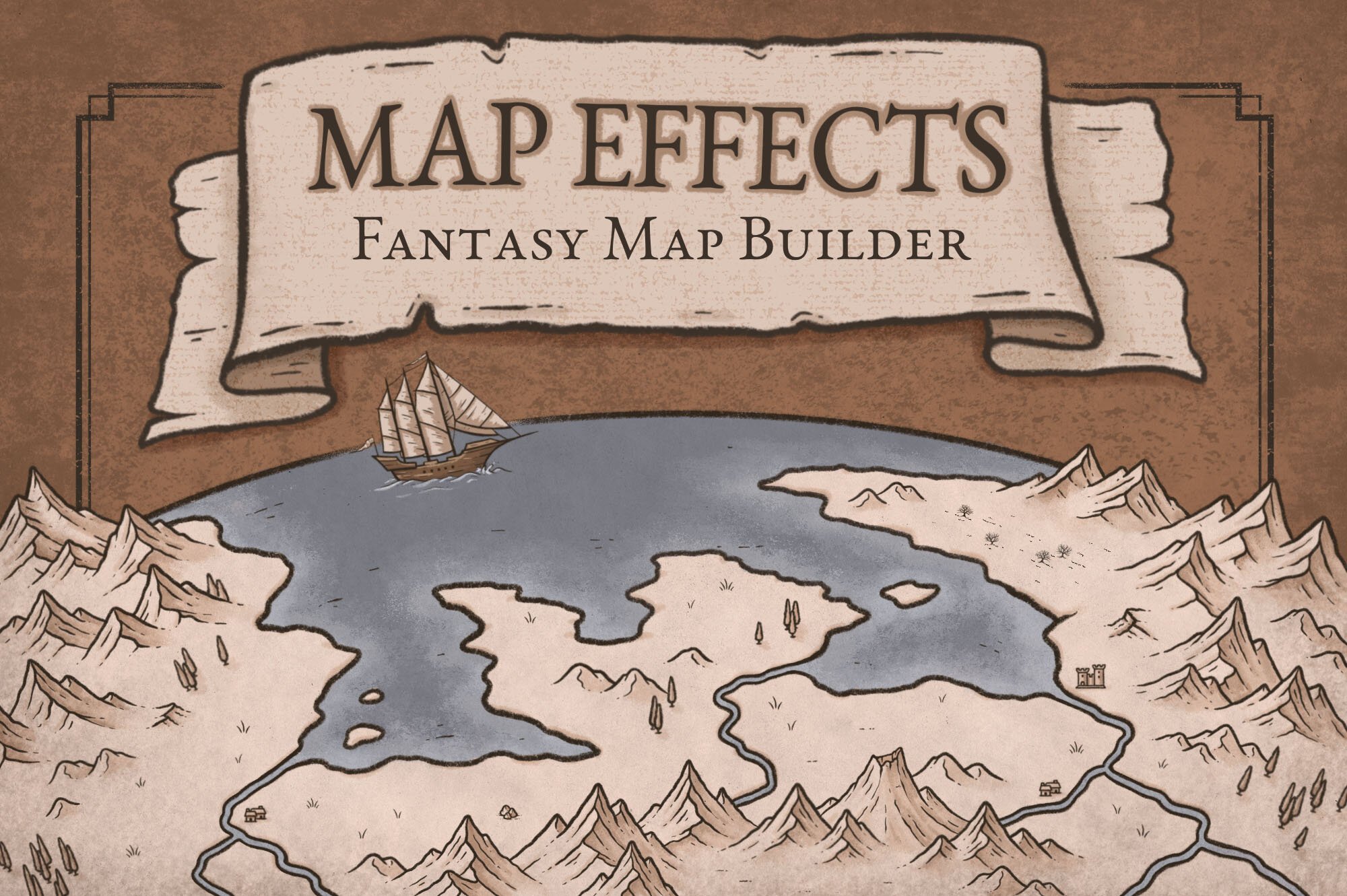Where to Place Cities On Your Map
Placing cities and villages is one of my favorite steps in the map making process. It’s the moment a map goes from being just a landscape to having a history with a story to tell. The placement of cities and their relationship to one another is the backbone to a world with a sense of depth and realism.
Cities and towns don’t pop up by accident; which means some thought needs to go into where you place them so your map doesn’t appear unrealistic. The good news is there are a few simple principles to keep in mind which will not only help with the placement, but will cause the story to begin to emerge organically from the map. Let’s start with some questions you can keep in mind.
7 Questions to Ask When Placing a City
1: Is there a source of water for drinking and sanitation?
2: How will the city generate enough food to sustain the population? Does it rely more heavily on farming, hunting, or fishing?
3: What natural resource would provide trade and commerce?
4: Is the city in a strategic location which prevents somebody else from obtaining resources?
5: Is the city thriving, declining, or just maintaining? Why?
6: How does the city deal with sanitation to keep the population healthy?
7: What is the relationship between this city and the surrounding settlements?
Now, if it feels intimidating to have to ask all of these questions before you place a city, don’t get overwhelmed. Not every city on your map is equally important to the story you’re telling so you don’t necessarily need to go into this level of detail for every one. But, these kind of questions should be running in the back of your mind to ensure your city placement is on the right track.
What are the Natural Resources?
A great deal of resources are required to build and maintain a city, so there needs to be a good reason for people to invest to have one in that location. Even if that good reason has since dried up and the city is now in decline (An interesting plot point to keep in mind). Either way, every city needs a variety of resources in order to thrive. Otherwise people will move on to the proverbial “greener pastures”.
No Water? No City
It may seem obvious, because we all understand that people need to drink water to survive. But, water is also vital for sanitation, agriculture, and even trade. The amount of water available in a region often determines how large a city can grow before it becomes unsustainable. We live in a day where most of us can simply turn on a faucet to get access to clean water, but this was not the case for most of human history.
More often, people would build around a primary water source in order to have access to this precious commodity. This allowed cities to survive and even thrive in seemingly arid conditions where water was at a premium.
What We Learn From History
Perhaps the best example to illustrate the significance of water for a civilization is the relationship between Egypt and the Nile. Without the regular flooding of the Nile to distribute rich organic material over the fields, one of the greatest ancient civilizations would never have existed. This was so significant to the Egyptians that they in essence worshiped it through the god Hapi, who they believed was responsible for the annual flooding.
Not all the fresh water has to come from large snaking rivers like the Nile though. Wells and natural springs are also a common source of water for different settlements. Besides it’s impressive fortifications, part of what made the ancient city of Jericho so formidable was the presence of a natural spring located at the southeastern corner of the city. This meant it could sustain itself much longer during an enemy siege as they always had access to fresh water. Of course this wasn’t their only source of water for agriculture and trade, but it certainly was vital to the survival of the city.
What Drives the Economy?
Cities obviously need food and water to survive. But, simply having food and water is not enough to cause a village to grow into a city. There needs to be some kind of export or trade to bring wealth and build a sustainable economy. It can be anything from a valuable mineral, dye, cloth, or even a particular food or beverage.
As you look over your map, consider what valuable resources could be found in the area. What would be valuable enough to cause not just one person, but multiple families to move there to take advantage of that commodity? Because once that happens and money starts flowing, other people will then come to provide services for those original people. Most of the people who got rich during the California gold rush were not the miners, but the people who sold the shovels, food, and haircuts to the miners.
This is an oversimplification of how an economy works and how a city comes to be. But, the main point is there needs to be at least one main thing that is driving the economy. Likely, there are several that are connected and building upon each other. Consider what those things might be, and how it would shape the city and surrounding area.
PIN THIS FOR LATER
Make it a Game
Think of this as a game like Civilization or Settlers of Catan where you have a finite amount of resources and you needed to be strategic where you build your next settlement. If you build somewhere with an abundance of natural resources then more people will flock to the city and it will grow. Build in the wrong place and your city will be stagnant and struggle to even survive.
While this whole process could get extremely complex, ultimately what placing cities comes down to is asking yourself two questions:
How does the city survive?
How does the city thrive?
Once you figure those things out you are well on your way to creating more realistic maps. Plus, by thinking through some of the questions raised here you will likely see several compelling stories that seemingly emerge from the world itself. Stories that are intertwined with the setting are far more compelling because it connects the setting, plot, and characters in a way that feels logical and gives everything greater depth.






